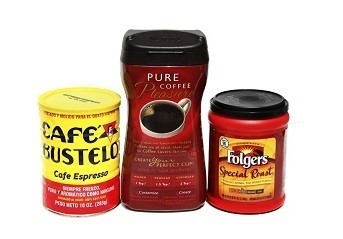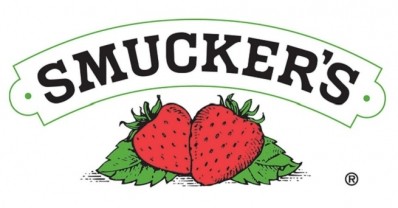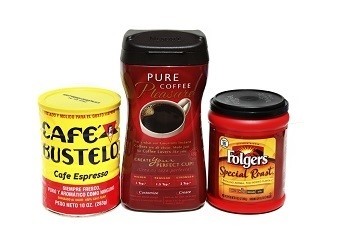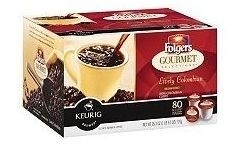J.M. Smucker Co. aims to turn its coffee business around with 5-point plan
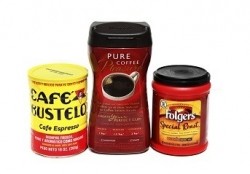
“While we are disappointed with our coffee business for this fiscal year,” profits for which fell 13% to $439.3 million for the last nine months, “we still firmly believe it’s a great category,” said CEO Richard Smucker, adding during the firm’s third-quarter earnings report Feb. 13 that “we have grown the segment profit in five of the six years that we have owned it.”
The 1% decline in the U.S. coffee sales to $571.8 million reflects consumers’ reaction to a price increase instituted to cover higher costs of green coffee, reduced promotional efficiency and the impact of competitive activities, said Vincent Byrd, the company’s chief operational officer. He also attributed the decline to shoppers consuming about two scoops of coffee less per day, and therefore buying coffee less frequently. Some consumers also have switched to competitors, as anticipated, he said.
The fourth quarter likely will not fare better, but “we are taking actions to address the current challenges while further positioning our coffee business for a long-term success and for a number of reasons we are optimistic as we look ahead,” he said.
Smucker’s plan includes ensuring a consistent taste profile that is on brand and can be promoted effectively; converting Folgers roast and ground items to a smaller canister to be sold at a lower price point; restructuring costs to lower prices; promoting premium coffees and partnerships, such as with Dunkin Donuts; and capitalizing on the growing K-Cup trend with new products.
Fixing the price gap
The two most significant prongs of the plan will be cost restructuring and rolling out smaller coffee canisters, Byrd said. He explained that these will address the lingering price gap between Smucker products and others.
Regarding cost restructuring, Byrd explained that the cost of green coffee should go down in the second quarter of the next fiscal year, bringing “some relief” to the company and allowing it to pass the savings through promotions and price adjustments back to consumers, some of whom may have reduced coffee consumption for budgetary reasons.
Likewise, the canister downsize will give consumers a lower price point option at the shelf and will help reduce the perceived price gap between Folgers and competitors that come in smaller cans and have a lower purchasing point even if not a lower price per ounce, Byrd said. The new cans will now be the same size as competitors.
The downsize also should help the firm recapture some of the sales volume lost to competitors since the price hikes went into effect, said Mark Smucker, president of the firm’s U.S. retail coffee. However, he noted, the smaller size also means not all volume will be regained.
Innovation to drive sales
Smucker’s also expects to launch new K-Cup offerings at the start of the new fiscal year, following the “strong” launch of Café Bustelo in this platform, Byrd said.
He noted that K-Cups are increasingly popular and that the company’s recent profits have been less in part because the firm was investing in the new platform. Expanding its use should help maximize this investment and increase future profits.
“Overall, we expect our innovation, packaging downsize and projected lower green coffee costs will allow us to grow our Coffee segment profit in fiscal 2016 at a higher rate than our overall long-term organic growth objective,” he said.
The coffee segment’s decline contributed to a 2% dip in the company’s overall net sales of $1.44 billion in the third quarter compared to the same period last year. A 2% drop to $549.5 million in sales from the U.S. retail consumer foods segment and a 3% drop to $318.7 million in the firm’s international, foodservice and national foods segments also contributed to the decline, the company reported.
